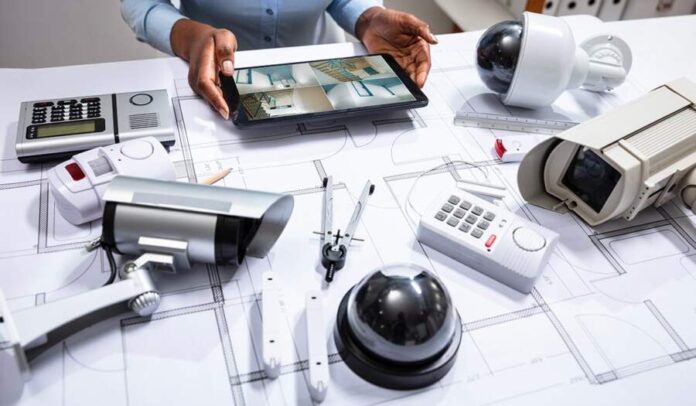The majority of businesses, regardless of their size or industry, need some sort of identification. With hackers and other unscrupulous people who have perfected the art of manufacturing fraudulent things in the digital era, it’s gotten even more difficult.
According to a study published by the International Chamber of Commerce and the International Trademark Association (INTA), counterfeit goods may be worth £2.3 trillion by 2022. Even though businesses have embraced more sophisticated identification processes, such as retinal scans and fingerprint readers, counterfeiting is still a serious problem.
To reduce counterfeiting and improve privacy, laser engraving was recently brought to the marketplace. The technique has rapidly grown in popularity among modern companies that wish to personalise products offered to the public.
How Laser-engraving Works
Its flexibility in terms of design and application makes laser engraving an excellent option for business cards, posters, plaques, trophies, key chains, t-shirts, and more. Stainless steel engraving tools with a high resolution are used to create high-quality marks on PCB boards, cell phones, computers, and semiconductor components, among other things.
Engraving tools for stainless steel are also available at The Engraving People, and these include human-readable texts such as names or initials, data matrix codes, and bar codes that may be used to identify and track government property. Furthermore, UIDs may be applied to non-removable tags and individual components attached to items.
Benefits of Using Laser Engraving to Enhance Security
Lasers are very adaptable, allowing established businesses and start-ups to diversify their product offerings. Stainless steel laser equipment is currently inexpensive, with low-cost equipment just becoming available, allowing for new creative uses.
Another benefit of laser engraving is that it allows companies to expand into new markets.
At first, the technology was used in the awards business, but recent improvements (improve security) have expanded its function into fabrics, woodworking, clothing, and architectural modelling among other sectors. A large percentage of “new users” are schools, artists, and promotional product companies, with a continuing increase every year.
The future of laser engraving in the fight against counterfeit items looks bright. New technologies and software upgrades are improving the availability of laser engraving equipment.
When compared to rotary engravers, lasers are now quick and simple to utilize. They may also integrate modern features with ancient designs to improve their visual appeal. Furthermore, the enhanced adaptability enables them to produce complex images and photos.
In addition, some engraving equipment includes extra accessories like an optical recognition system. It interacts with a camera to allow customers to identify registration marks.






























































